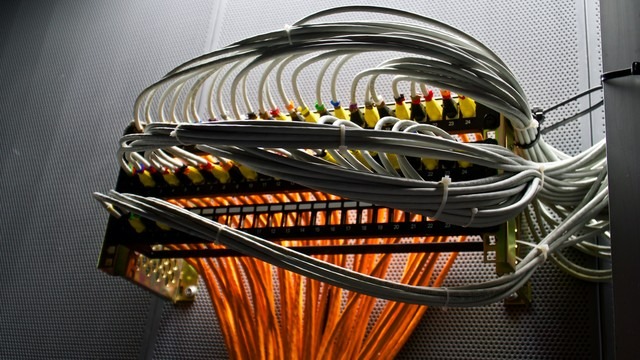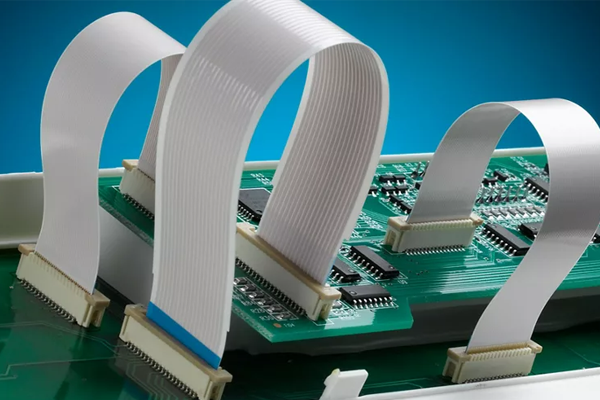Radio frequency (RF Cable) basic theory
What is RF Cable? Radio frequency, referred to as RF Cable, is the abbreviation for high-frequency alternating electromagnetic waves. Electromagnetic waves are actually a relatively familiar concept. The figure below can roughly reflect this process. E represents the electric field and B represents the magnetic field. The phase and amplitude of the electric and magnetic […]
Radio frequency (RF Cable) basic theory Read More »










